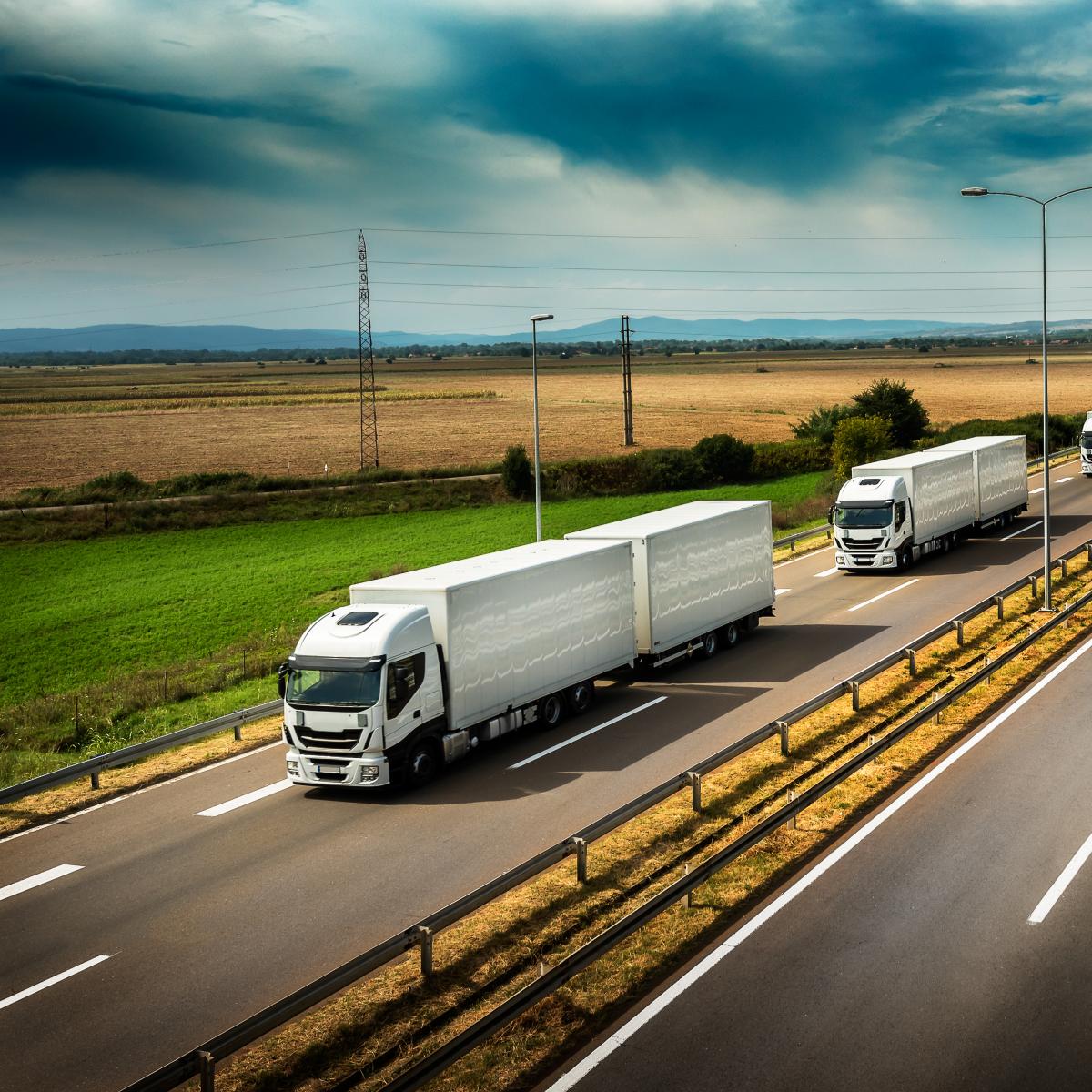Road transport plays a pivotal role in connecting people, goods, and services across the globe. From bustling cities to remote villages, roads serve as lifelines for transportation, fostering economic growth and societal development. In this article, we delve into the expansive realm of road transport, uncovering its various types and shedding light on their unique characteristics and applications.
- Conventional Passenger Vehicles:
The most ubiquitous form of road transport, conventional passenger vehicles encompass cars, sedans, SUVs, and minivans. These vehicles are designed for personal transportation, offering comfort, convenience, and flexibility for individuals and families. With advancements in technology, electric and hybrid variants have emerged, promoting sustainability and reducing carbon emissions. - Public Transportation:
Public transportation systems are vital for efficient and sustainable urban mobility. Buses, trams, and trolleybuses form the backbone of public transport networks, catering to the needs of commuters in cities and towns. Additionally, rapid transit systems such as metros and light rail provide fast and reliable transportation options, reducing congestion and promoting eco-friendly travel. - Commercial Vehicles:
Commercial vehicles encompass a wide range of road transport options, facilitating the movement of goods and services. Trucks, trailers, and lorries are essential for logistics and supply chain management, ensuring the timely delivery of products across vast distances. Specialized vehicles like refrigerated trucks and tankers cater to specific cargo requirements, such as perishable goods and hazardous materials. - Motorcycles and Scooters:
Motorcycles and scooters offer a nimble and cost-effective mode of transportation, particularly in congested urban areas. These two-wheeled vehicles provide agility, fuel efficiency, and easy maneuverability, making them popular choices for short-distance commuting. Additionally, electric motorcycles and scooters are gaining traction, promoting eco-friendly mobility solutions. - Bicycles and Pedestrian Infrastructure:
While not motorized, bicycles and pedestrian infrastructure are integral components of road transport systems. Dedicated cycling lanes, pedestrian walkways, and shared spaces enhance safety and encourage active modes of transportation. With the rise of bike-sharing programs and e-scooters, these non-motorized options contribute to sustainable urban mobility and promote healthier lifestyles. - Emergency and Special Purpose Vehicles:
Emergency vehicles, including ambulances, fire trucks, and police cars, are crucial for public safety and rapid response. Equipped with specialized features and technologies, these vehicles navigate through traffic efficiently, ensuring timely assistance during emergencies. Additionally, road transport encompasses other special purpose vehicles like construction trucks, utility vehicles, and mobile clinics, serving diverse societal needs.
Conclusion:
The world of road transport is a multifaceted tapestry, comprising various types of vehicles and infrastructure. From conventional passenger vehicles to specialized commercial fleets, each type serves a unique purpose in facilitating mobility and connectivity. By embracing sustainable alternatives and investing in infrastructure development, we can enhance the efficiency, safety, and environmental impact of road transport systems. As we move forward, it is essential to prioritize innovation and collaboration to create a future where road transport is seamlessly integrated, accessible, and sustainable for all.









+ There are no comments
Add yours